Snowbirders set off as early as October for the snowbirding climates of Southern Arizona, and especially the popular areas around Phoenix, Casa Grande, Tucson, and for those who eschew these more populated areas, along the Colorado River. Though there are several nice RV resorts, county parks, and an Indian Reservation on the California side, the Arizona side is more popular, more developed–and more crowded.
The main drawback of the California side is that you can only cross the Colorado River at Laughlin and Needles in the north and at Parker in the south to access what locals call the Arizona’s West Coast that stretches along three-quarters of the Arizona border, but for RVers more realistically from Davis Dam just above Bullhead City south to Parker. You cannot cross the river over Parker Dam, as RVs are not allowed, though the town of Parker is only 15 miles to the south.
Known as the RVers Las Vegas, Laughlin is on the Nevada side of the river across from Bullhead City. Several of the casinos provide camping for RVers and across the bridge from Laughlin and within walking distance, Davis County Park has riverside dry-camping sites, partial hookups, and a full hook-up section on a bluff with super night views across the river to the lights of Laughlin. Bullhead City also has several RV resorts.
Continuing south, Needles also has several RV resorts as well as Moabi Regional Park with full hook-up sites and 2 1/2 miles of partial and no hook-up river side camping as well as monthly snowbird rates.
 Interstate 40 crosses the river twelve miles southeast of Needles and ten miles later Highway 95 turns south toward Lake Havasu City (LHC) twenty miles further. This last stretch is all Bureau of Land Management (BLM) land and you can boondock anywhere on the many dirt roads that turn off into the desert. You won’t find too many boondockers along this stretch as most stay closer to LHC.
Interstate 40 crosses the river twelve miles southeast of Needles and ten miles later Highway 95 turns south toward Lake Havasu City (LHC) twenty miles further. This last stretch is all Bureau of Land Management (BLM) land and you can boondock anywhere on the many dirt roads that turn off into the desert. You won’t find too many boondockers along this stretch as most stay closer to LHC.
 Just as you come out of the low hills above LHC and at the north end of the Airport, which your will see off to your left, is a BLM designated campground called Craggy Wash. There are no facilities but dispersed campsites are stretched for about three miles up the canyon, some of which you can snuggle into with no immediate neighbors. As with most officially recognized bondocking campgrounds, the further you go away from the entrance, the fewer neighbors you will have. From here it’s about ten miles to town, two to three miles to the nearest gas station which also has a dump station. You will find Craggy Wash an eclectic mix of always friendly Canadians (some in 40-foot Country Coaches), to latter day hippies in psychedelic buses.
Just as you come out of the low hills above LHC and at the north end of the Airport, which your will see off to your left, is a BLM designated campground called Craggy Wash. There are no facilities but dispersed campsites are stretched for about three miles up the canyon, some of which you can snuggle into with no immediate neighbors. As with most officially recognized bondocking campgrounds, the further you go away from the entrance, the fewer neighbors you will have. From here it’s about ten miles to town, two to three miles to the nearest gas station which also has a dump station. You will find Craggy Wash an eclectic mix of always friendly Canadians (some in 40-foot Country Coaches), to latter day hippies in psychedelic buses.
The 40-mile stretch from LHC south to Parker is called the Parker Strip and is the most popular area along the river for RVers. LHC itself has several RV Resorts in town as well as Lake Havasu State Park campground just a mile from London Bridge and shopping, restaurants, and services, yet offers a very camping experience with large spaces, lots of trees and shrubs, birds, and wildlife, and it is on the river–but no hook-ups as yet, though plans are in the works.
South of LHC on the east side of the highway in the area known as Standard Wash and extending south nearly to Parker are several areas where you can boondock well off the highway. There is no camping or boondocking on the River side of the highway. One of my favorite boondocking spots is back a dirt road just opposite the View Point pull off just below mile marker 170. About three-quarters of a mile off the highway, a level hard-packed area provides a good campsite with a view across the desert to the north. Just past the campsite, the road dips into a wash with soft sand, so stay out of there unless you have a 4WD toad, but there is plenty of hiking and exploring up the canyon and into the many side canyons.
Below LHC, three more state parks–Cattail Cove, River Island, and Buckskin Mountain–provide both no hook-up as well as full hook-up campsites and have river access for canoes and kayaks as well as a boat launch. The state parks have a two-week maximum stay per month though Cattail has a few longer term spaces. Between Parker Dam and Parker, La Paz County Park campground has full hook-up to no hook-up sites on the river. If your cross the river at parker and turn north along the river there are a couple primitive county parks on the river also and there is dry camping on the Colorado River Indian Tribes (CRIT) Reserviation northwest of Earp. Tribal information, a museum, and camping information is available from the tribal office in Parker at 26600 Mohave Road. For a list of Parker area RV campgrounds go here.
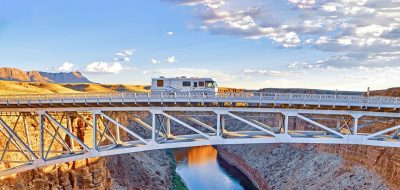
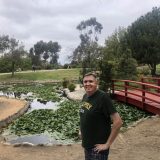
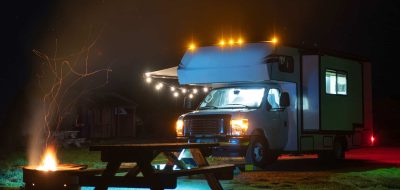
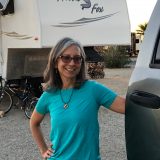
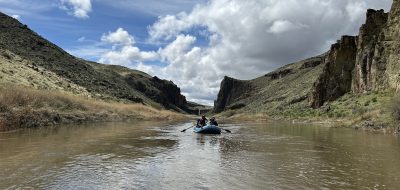
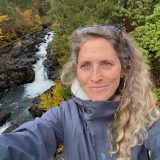
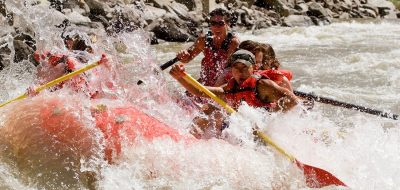

Pingback: ניסור בטון
Pingback: url
Julie
Hi,
We found a place that we do Boondocking and just love it .. It is around Pearce, Az – Dragoon, Az and Ash Creek Ranch area .. It is so beautiful just to name a few things there are the Chiricahua Mt’s ,- Coronado National Forest , -Apache Peak are outstanding , and lots of things can be and are grown here the weather is much better also and lots of Wide open spaces .. It is only about 45 min drive to Tucson, AZ a 15 to 20 min. drive to Benson , Az & Wilcox, AZ .. You don’t have to go to those cities cause in Pearce , Ash Creek Ranch has everything a person would want .. We have been to Quartizsite, AZ and for the life of me can’t figure out why anyone would want to be there when they could be over here ..?? But guess everyone is different .. Thanks
Fred
I think you outdid yourself. Your descriptions and directions for several boondocking areas has been saved to my folder of “places to go someday”.
In 1958, I bought a little piece of raw desert in Golden Valley, just 20 miles east of Laughlin/Bullhead City off AZ State Highway 68. It is seven miles south of the highway. I was only 18 years old and had just joined the Navy.
I camp there once in a while, but up until now have only stayed on it for three days maximum when I would run out of battery power. I would then use the generator, but that was so irritating I would just leave.
But not any more. Boondocking, here I come! Here is why.
As we have discussed about solar, I am now installing two rooftop panels and two mobile panels. They total 500 watts. The rooftop panels are on a swivel and tilt frame I fabricated so they can be at optimum sunlight angle.
The mobile panels are stored while I travel, on a cushioned framework supported by the bumper and ladder. The purpose for the mobility is to have at least two of the panels on the ground in the sunlight when at a shady campground. They connect to the camper with a 50″ dual wire cable.
My six AGM batteries give me 450 AH and connect to a 2000 watt true sine wave inverter. I also have all the meters necessary to monitor everything.
I’m broke, but I’m happy.
Fred
Bob Difley
Especially that area winding down through the hills just above Parker Dam. I don’t think most people expect that area to be so rugged as you approach the dam. Also, just over the Bill Williams River bridge, where the river flows into the Colorado, you can launch a canoe or kayak at the Bill Williams National Wildlife Refuge visitor center and paddle up the river. It’s wild with no road or trail access, lots of birds and wildlife, eventually narrowing down to impassible with riparian area trees and plants closing in and over the river. A great paddle. There also is a very nice nature trail with desert plant identification signs at the visitor center.
Nick Russell
Great article, Bob,
We have spent a lot of time traveling through that area. The drive through the Parker Strip and all along that section of the Colorado River on the Arizona side, has some of the most dramatic views you will see anywhere.